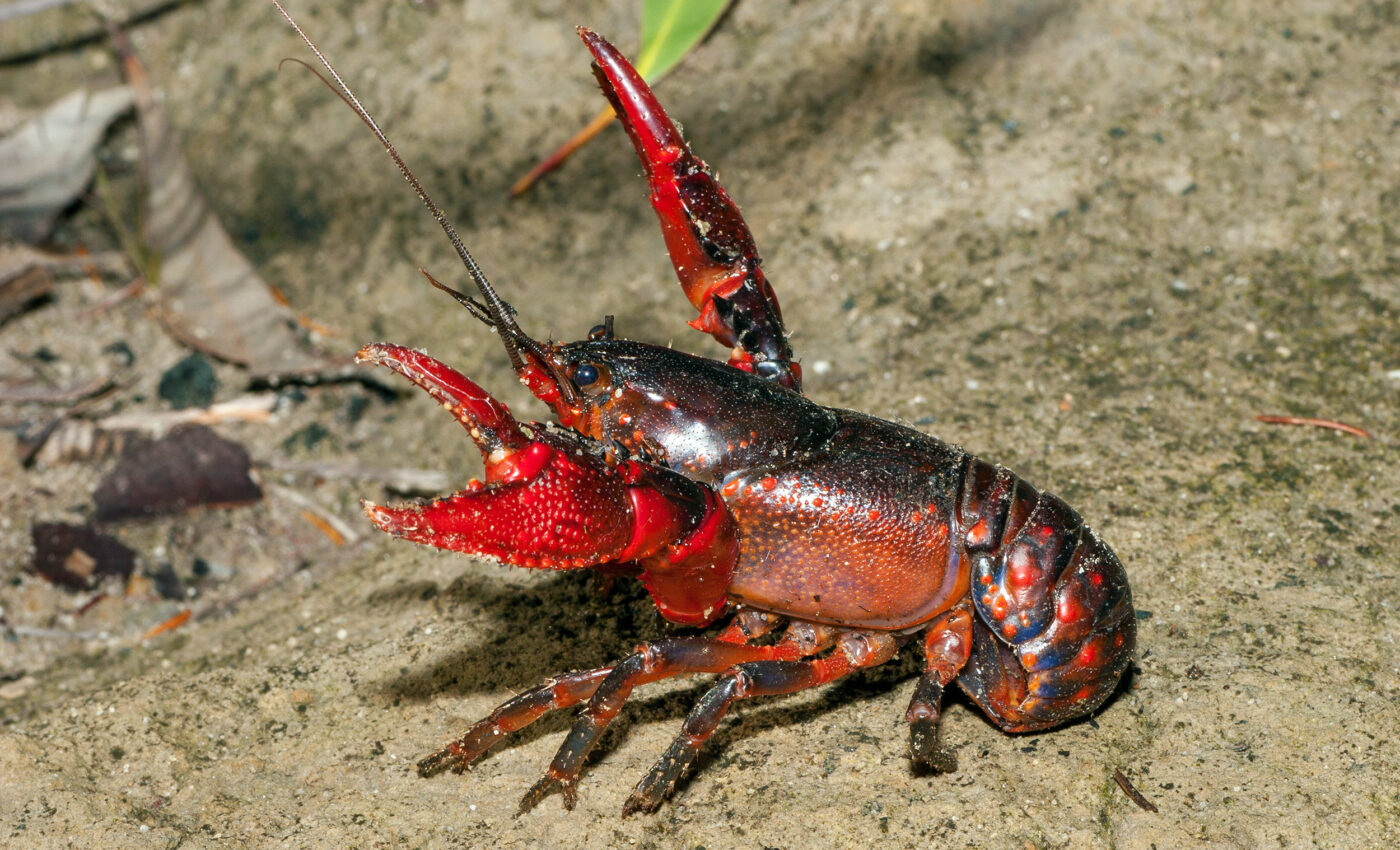
Insecticide responsible for major crayfish kill in Australia
The Environmental Protection Authority (EPA) of New South Wales confirmed on Friday that the crayfish kill of numerous giant spiny crayfish in the Blue Mountains last month resulted from contamination by an insecticide, bifenthrin.
This revelation follows a gruesome discovery by a tour guide who found up to 1,000 dead and dying crayfish in a tributary of Hazelbrook Creek, near Horseshoe Falls, revealing the disturbing impact of pollution on marine life in the region.
Discovery and investigation
The contaminated tributary is located next to a predominantly residential area of Hazelbrook town and drains a sub catchment. Suspecting a pollutant as the cause, the EPA cooperated with the Blue Mountains city council staff to trace the source of the contamination.
Crayfish carcasses underwent extensive analysis at an EPA laboratory in Lidcombe where detailed tests revealed the presence of bifenthrin in the water, sediment, and crayfish samples from the tainted creek.
The role of bifenthrin
Bifenthrin is a common insecticide employed for controlling various pests such as termites, spiders, ants, and cockroaches. Despite its widespread use, it poses severe risks to crayfish and other marine species.
It is worth noting that the EPA has absolved glyphosate and other herbicides, used by the Blue Mountains city council, from being the causes of the crayfish deaths and clarified that the council is not under investigation in the ongoing inquiry to find the contamination source.
Crayfish kill impacts on biodiversity
This is not the first instance of pollution affecting giant spiny crayfish in the area. In 2012, bifenthrin contamination in Jamison Creek near the World Heritage-listed Wentworth Falls caused the largest-ever mass crayfish kill recorded.
The contamination, which infiltrated the creek through stormwater drains, decimated other macroinvertebrates and severely impaired aquatic biodiversity, plummeting the number of taxonomic families in the creek from 22 to three.
Giant spiny crayfish, native to Australia, face existential threats from pesticides, runoff, and habitat loss, and trapping them in the Blue Mountains’ swamps or waterways is prohibited. These incidents underscore the urgent need for stringent measures to preserve these unique creatures and the overall biodiversity of the region.
Calls for responsibility and caution
The acting Chief Executive of the Nature Conservation Council of New South Wales, Brad Smith, emphasized the ramifications of this incident, remarking that it serves as “a reminder about how careful businesses and residents need to be with chemicals, especially around waterways”.
Smith stresses the collective responsibility, especially in ecologically sensitive areas like the Blue Mountains, to protect the region’s precious world heritage. The Nature Conservation Council is eager for the EPA to pinpoint the source of this devastating spill, highlighting the crucial role of vigilance and responsibility in preventing such environmental catastrophes.
In summary, the EPA’s findings bring to light the delicate balance of our ecosystems and the profound impact human activities can have on the environment, serving as a stark reminder of the caution needed in handling chemicals, particularly near water bodies.
The pursuit to uncover the contamination source is crucial, not only to prevent further loss of aquatic life but also to uphold the integrity of the ecological sanctuaries such as the Blue Mountains.
—
Like what you read? Subscribe to our newsletter for engaging articles, exclusive content, and the latest updates.
—
Check us out on EarthSnap, a free app brought to you by Eric Ralls and Earth.com.













